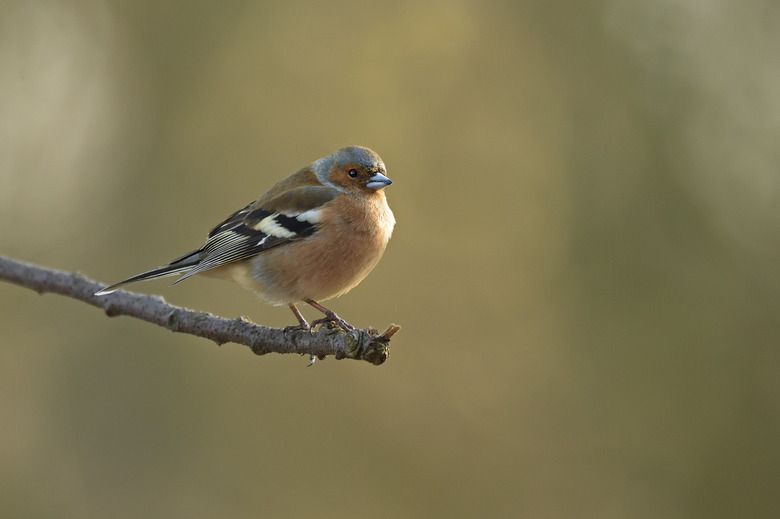Nesting Habits Of Finches
Finches are a diverse, worldwide family of birds characterized by a stout, cone-shaped bill and elaborate, melodic singing. The male finch will often sport a bright, patterned plumage. Nesting habits of finches can vary according to species, but there are similarities that carry over throughout all members of the finch family.
Finches
Finches
Finch is the common name for one of the largest families of birds, Fringillidae, which includes such birds as grosbeaks, crossbills, redpolls, siskins and Hawaiian honeycreepers. There are approximately 145 species of finch worldwide, with about 16 in the U.S. One of the most common types of finch in the U.S. is the house finch, a medium-sized finch that has a brownish back and wings, with a red head and throat. Originally introduced from the American southwest as caged pets to Long Island, N.Y., a small population of house finches was released into the wild in 1940, and this species has since flourished and spread throughout the country.
Nesting Habits
Nesting Habits
Like most birds, a finch will build its nest in a location that will keep it safe from potential predators. Finches will often build finch nests in natural or artificial cavities, which can include old woodpecker holes, hanging plants and birdhouses, depending on the design. The finch nests themselves are built in the shape of a cup, using twigs, grass, leaves, small roots and feathers as a bed. Males will generally bring in the nesting materials while females actually construct the finch nest.
Habits of House Finch Nests
Habits of House Finch Nests
The house finch is monogamous, and pairs can remain together throughout the entire year. House finches build nests in a variety of sites, including ivy growing on buildings and trees, and man-made objects such as window ledges. House finches have also been known to build their nests in conifer trees, hanging planters and even in the old nests of other birds. The female will incubate four or five eggs over a period of two weeks while the male brings her food.
Hatching Eggs
Hatching Eggs
After the eggs hatch, the female will brood her young for the first few days while the male continues to bring food, which is regurgitated by the mother and fed to the chicks. Eventually, the female will join the male in leaving the nest to bring food back to the young, who will leave the nest after 12 to 15 days but may still be fed by the male for a few more weeks after that. A pair of finches can raise three or more broods each season.
Cite This Article
MLA
Brent, Michael. "Nesting Habits Of Finches" sciencing.com, https://www.sciencing.com/nesting-habits-finches-8172914/. 22 November 2019.
APA
Brent, Michael. (2019, November 22). Nesting Habits Of Finches. sciencing.com. Retrieved from https://www.sciencing.com/nesting-habits-finches-8172914/
Chicago
Brent, Michael. Nesting Habits Of Finches last modified March 24, 2022. https://www.sciencing.com/nesting-habits-finches-8172914/
